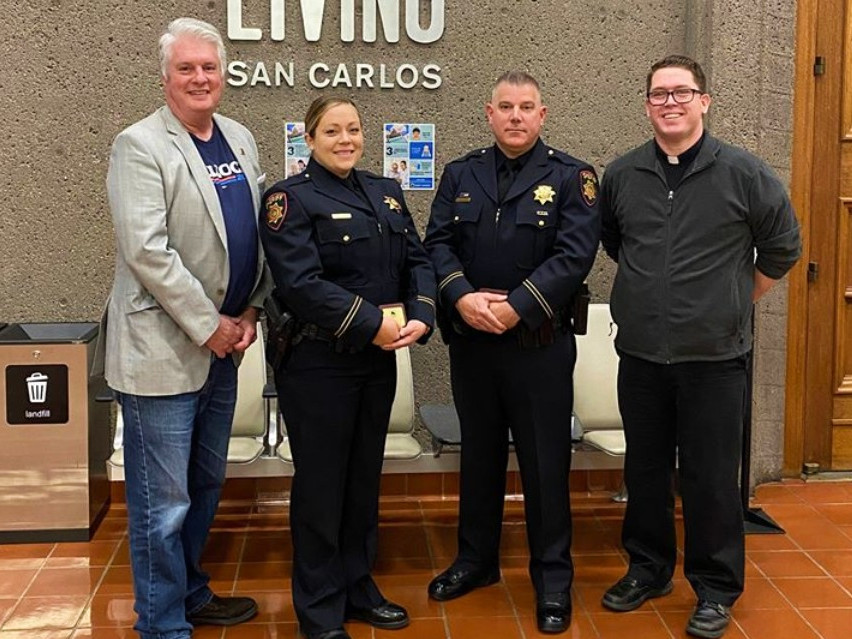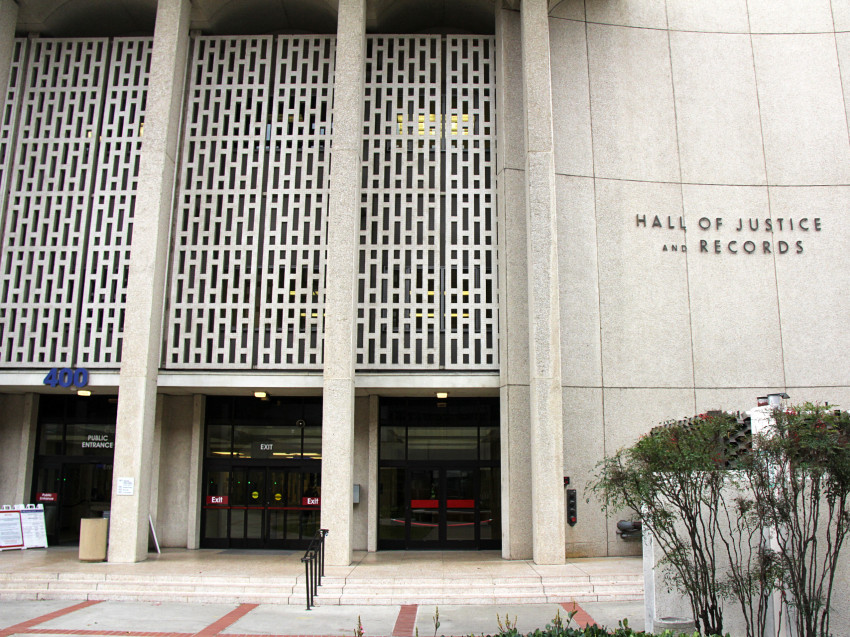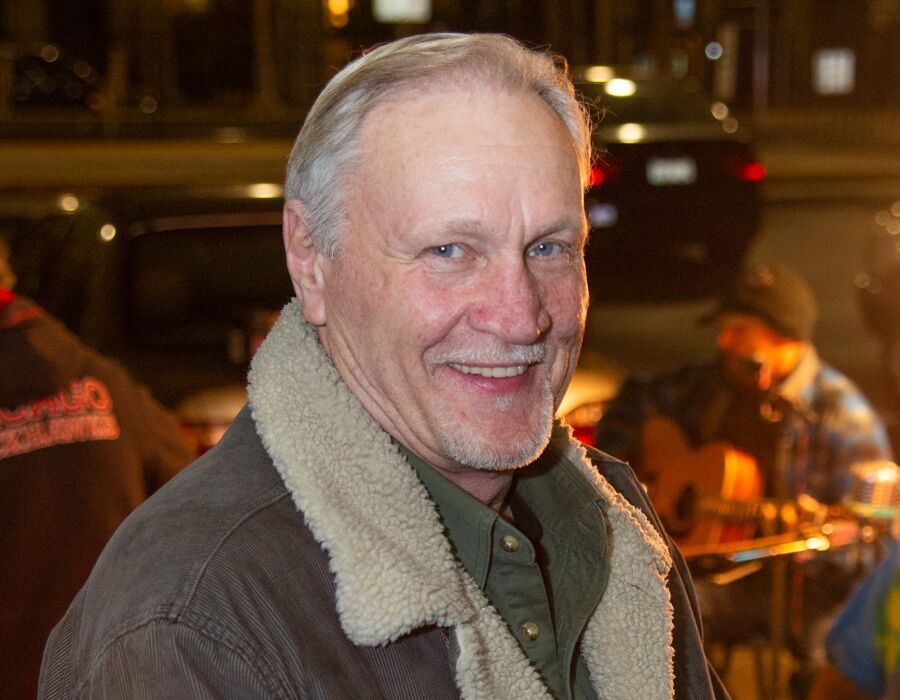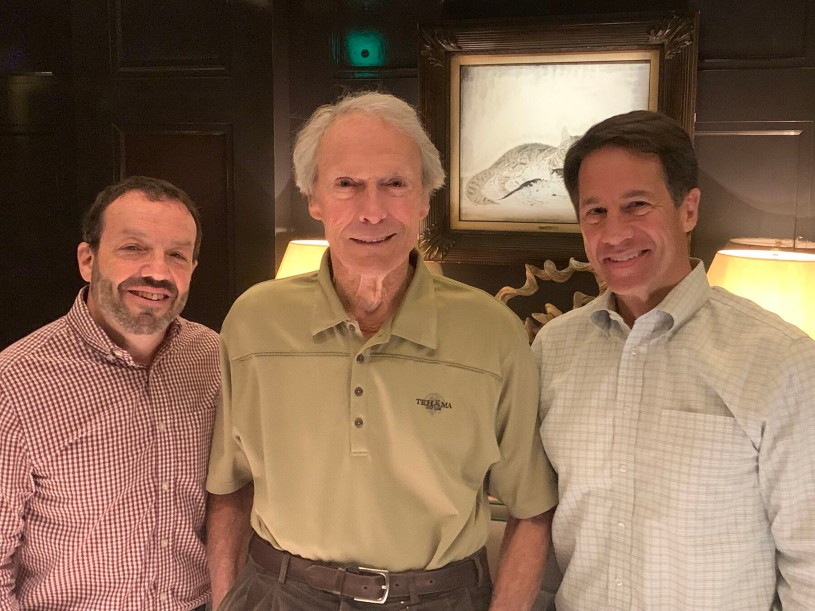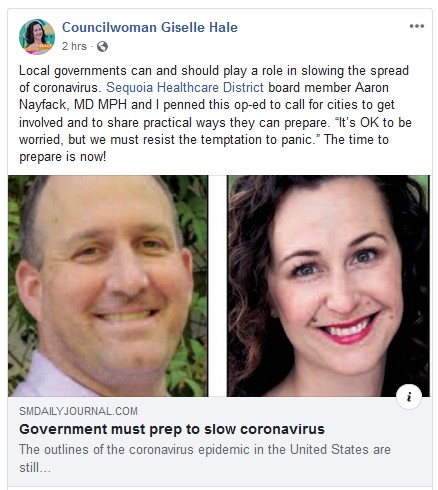Grand Princess passengers to be housed at San Carlos hotel
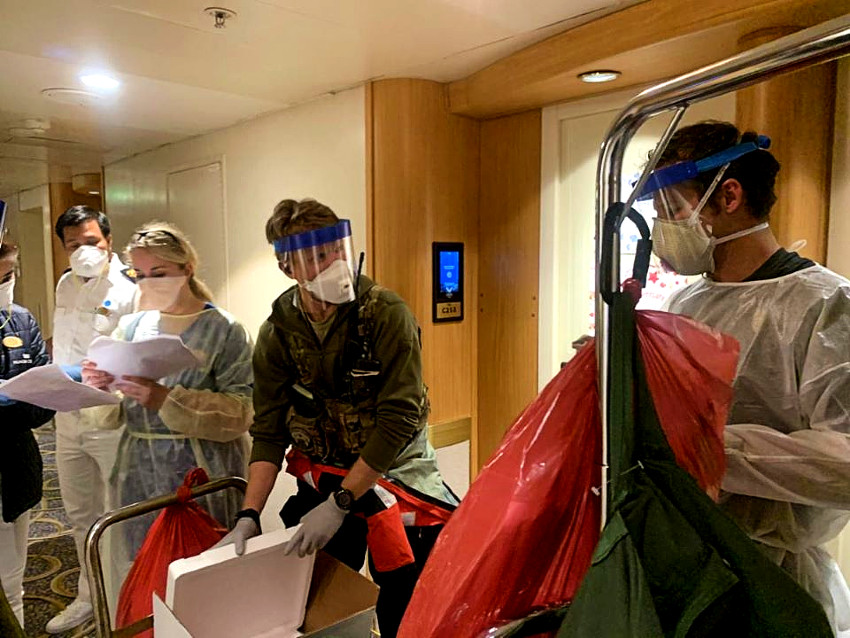
San Mateo County officials are “urging compassion” now that passengers from the Grand Princess cruise ship will be temporarily housed at a private San Carlos hotel.
The passengers need care, but not hospitalization, according to a statement by the City of San Carlos. The statement did not name the hotel nor the number of patients who will be housed there.
“We have been assured by federal and state authorities that the individuals now temporarily housed in San Carlos pose no health or safety risks to our residents or visitors,” County Manager Mike Callagy said in a statement. “They are now in a controlled environment managed and protected by the federal government.”
San Mateo County Supervisor Don Horsley, whose District 3 includes San Carlos, said the County has a “humanitarian responsibility to assist during this health crisis.”
“These passengers have to go someplace,” Horsley said. “We will do everything we can to help and protect our citizenry from exposure.”
For more information regarding the coronavirus, visit San Mateo County Health at www.smchealth.org/coronavirus or the Centers for Disease Control and Prevention (CDC) at www.cdc.gov. For non-medical related questions regarding the coronavirus, call the County call-center (open 24/7) by dialing 2-1-1.
Photo credit: California National Guard; description: Guardian Angels, a group of highly trained medical personal, with the 129th Rescue Wing, working alongside individuals from the CDC on the GrandPrincess cruise ship to test passengers as the ship was located off the coast of California. The ship later docked in Oakland so that passengers could be transported off into care and quarantine.




